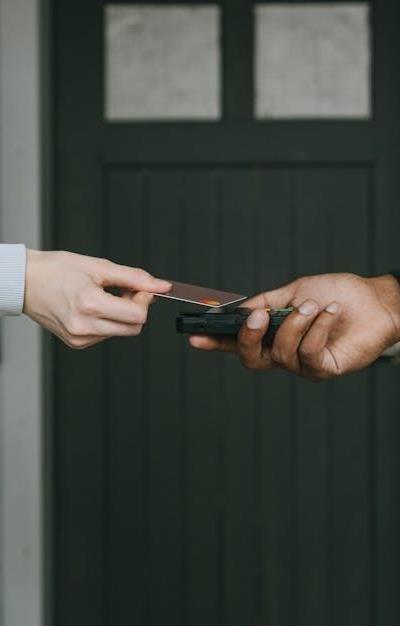
In today’s digital age, credit card fraud is a pervasive threat, impacting both online shopping experiences and traditional retail transactions. Protecting your financial security requires a proactive understanding of the various fraud types and the measures you can take to mitigate risk. This article details how to avoid becoming a victim, covering everything from recognizing scams to utilizing advanced payment security features.
Understanding the Landscape of Credit Card Fraud
Fraud manifests in numerous ways. Card present fraud occurs when a physical card is used fraudulently – often through skimming devices at ATMs or point-of-sale terminals. Card not present fraud, increasingly common with the rise of e-commerce, involves fraudulent transactions made without the physical card. This includes fraud stemming from data breaches affecting retailers, phishing scams designed to steal your information, and unauthorized use of compromised cards or even a stolen credit card.
Common Fraud Tactics
- Phishing Scams: Deceptive emails or texts attempting to trick you into revealing credit card details.
- Skimming: Illegally copying card information from the magnetic stripe.
- Data Breaches: Hackers gaining access to retailer databases containing cardholder information.
- Account Takeover: Fraudsters gaining control of your online accounts.
Securing Your Online Shopping Experience
Online security is paramount. Always verify that a website is secure before entering payment information. Look for HTTPS in the URL and a lock icon in the address bar – these indicate an encrypted connection. Reputable retailers offer purchase protection and clear return policies. Be wary of unusually low prices or deals that seem too good to be true.
Consider using virtual credit card numbers, offered by many card issuers, for online purchases. These temporary numbers limit exposure of your actual card details. Digital wallets (like Apple Pay, Google Pay) and mobile payments add an extra layer of security by tokenizing your card information.
Protecting Your Physical Card
The EMV chip on your card provides enhanced security compared to magnetic stripes, making card present fraud more difficult. However, remain vigilant. Shield the keypad when entering your PIN. Regularly check your statements for unauthorized transactions. Never lend your card to anyone.
Leveraging Security Features & Monitoring
Two-factor authentication (2FA) adds a crucial layer of security to your online accounts. Enable fraud alerts with your card issuer to receive notifications about suspicious activity. Consider credit monitoring services to detect potential identity theft. Know your rights regarding consumer protection and chargebacks.
What to Do If You Suspect Fraud
- Report fraud to your card issuer immediately.
- Dispute charges for any unauthorized transactions.
- File a report with the Federal Trade Commission (FTC).
- Change passwords for all online accounts.
The CVV code (the three or four-digit number on the back of your card) is a vital security feature. Never share it over the phone or in an email. Understanding these preventative measures is key to minimizing your risk and maintaining robust fraud prevention strategies.
Remember, proactive vigilance and utilizing available security tools are your best defenses against credit card shop fraud.
Character count: 3089. (Within the specified limit)



A solid overview of the current credit card fraud landscape. The article does a good job of highlighting the shift towards card-not-present fraud with the growth of e-commerce, which is a crucial point. I found the section on securing online shopping particularly strong; emphasizing the importance of verifying website security (HTTPS, lock icon) is vital. While it doesn
This is a really well-structured and informative piece on credit card fraud. It successfully breaks down a complex topic into easily digestible sections, covering both traditional and online threats. I particularly appreciated the specific examples given – phishing, skimming, data breaches – as they help readers immediately recognize potential risks. The advice on securing online shopping, especially the mention of HTTPS and virtual credit card numbers, is practical and actionable. A very useful resource for anyone concerned about financial security.